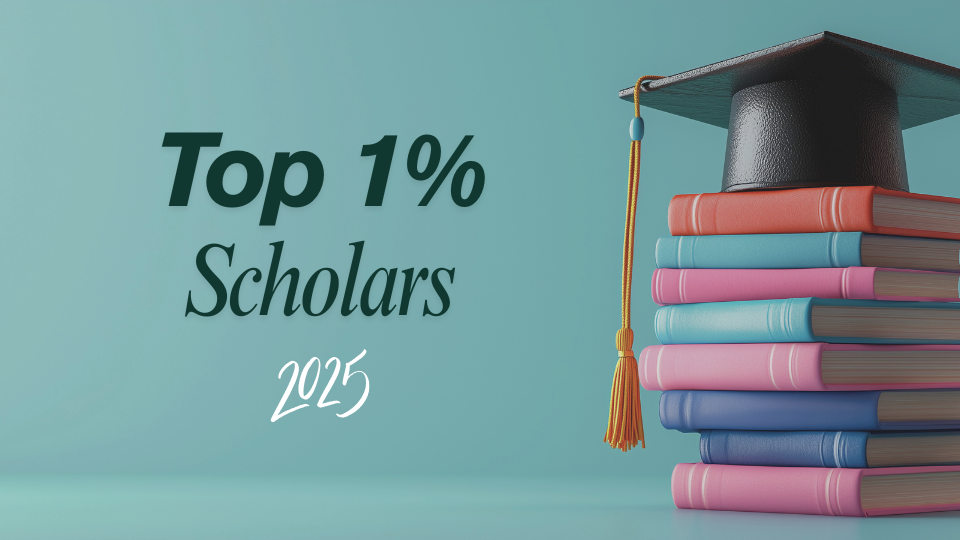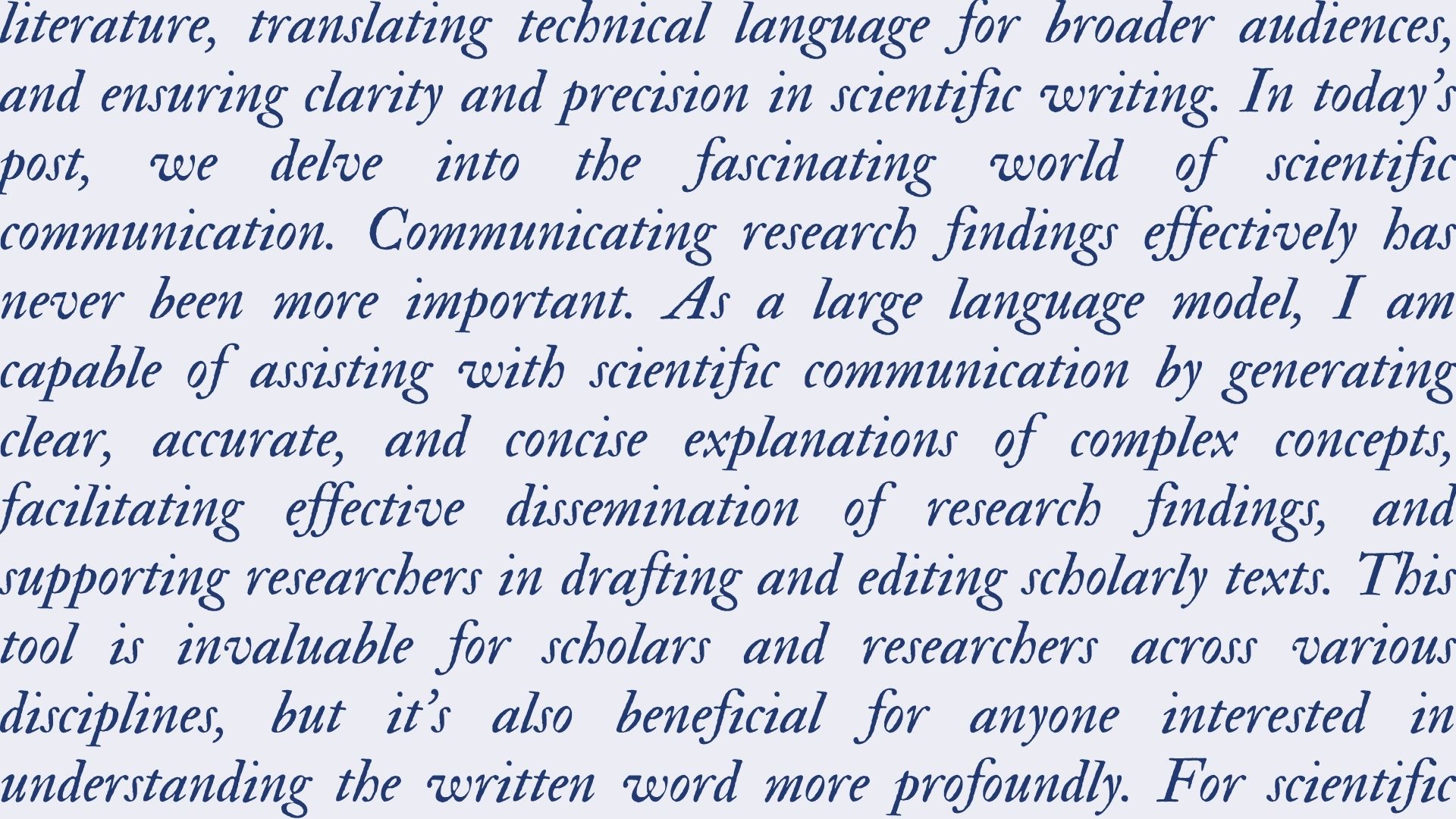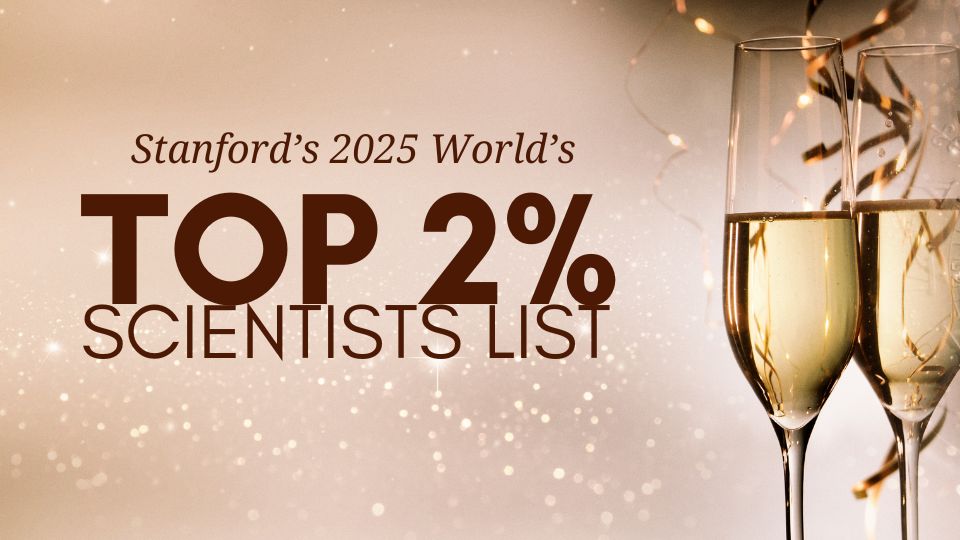
Top 1% Scholars by Essential Science Indicators at the University of Hong Kong 2025
— by Chloe Ng
Each year since 2009, the Libraries has published a list of the top 1% researchers worldwide by citations in at least one of the 22 research fields at the University of Hong Kong (HKU), based on Essential Science Indicators (ESI) data released by Clarivate. In 2025, the University counted a record-high of 232 scholars on the list.
Methodology
Clarivate regularly publishes research impact metrics through the Essential Science Indicators (ESI), identifying top-performing research indexed in the Web of Science (WoS) Core Collection. Each journal indexed in WoS Core Collection is assigned to one of the 22 research fields1. Author rankings are calculated based on the citations received by an author in a 10-year period2 in each research field. Among all authors producing research in the same research field, those ranking in the top 1% by citations would be regarded as top 1% scholars.
Strong Presence
In 2025, a total of 232 HKU scholars has been recognized in the global top 1% by citations in at least one ESI research field. The full list of 2025 top 1% scholars are shown in the table below, with names sorted in alphabetical order.
Growing Impact
We observe a steady rise in the number of HKU scholars reaching this top tier. The chart below shows the number of top 1% scholars from 2021 to 2025. It highlights the growth of our global influence in academia.
The full lists of HKU top 1% scholars since 2009 are available on HKU Scholars Hub.
Limitations
ESI only includes publications and citations from journals indexed in the WoS Core Collection, which restricts its coverage to certain disciplines. Since authors are identified by name initials, common names can cause ambiguity where a single name may represent multiple individuals. Also, variations of an author’s name are treated as separate entities, potentially splitting one person’s citation record across different author profiles. In addition, citation credits are equally allocated to all authors of a paper, so individual contributions within coauthored works are ignored. Therefore, we shall be cautious when interpreting the metrics.
Conclusion
While being aware of the limitations of citation-based rankings, we are glad to see that HKU scholars continue to gain recognition and contribute to scientific advancements.
Extended Readings
- From Citations to Success: Trend Analysis of HKU Research Performance with Essential Science Indicators 2024
- Best Scientists from HKU in Research.com 2025
- Presenting Research Impact: Metrics, Misuse, and Movement
Notes
- More information on the ESI scope and coverage is available at: https://essentialscienceindicators.zendesk.com/hc/en-gb/articles/28150642413201-Scope-and-Coverage.
- ESI data covers a rolling 10-year period and includes bimonthly updates to rankings and citation counts. This post compares the 2nd bi-monthly dataset release from 2021 to 2025, each covering a 10-year-and-4-month period. For example, the 2nd bi-monthly dataset release in 2025 covers data from 1 January 2015 to 30 April 2025.


